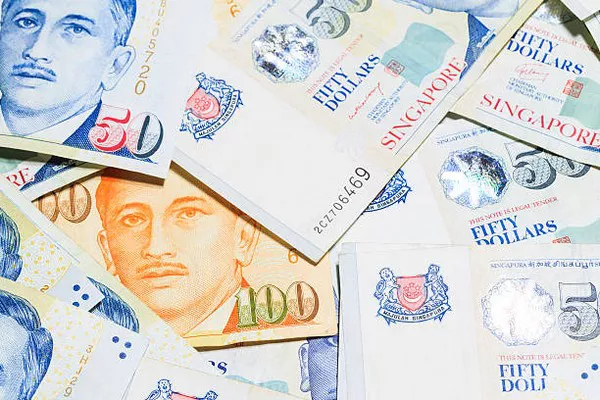The Singapore $20 dollar note holds a special place in the hearts of Singaporeans and visitors alike. With its distinctive design, rich history, and cultural significance, this banknote serves as both a symbol of Singapore’s economic prosperity and a reflection of its diverse heritage. In this comprehensive article, we delve into the intricacies of the Singapore $20 dollar note, exploring its design elements, historical evolution, security features, and enduring legacy.
Design Elements of the Singapore $20 Dollar Note
The design of the Singapore $20 dollar note is a testament to the nation’s commitment to innovation, progress, and inclusivity. The front side of the banknote features a portrait of Yusof Ishak, Singapore’s first President, in the center. Surrounding President Yusof Ishak are intricate patterns inspired by Singapore’s cultural diversity, including images of orchids, the national flower, and the Vanda ‘Miss Joaquim’ orchid, Singapore’s national flower.
On the reverse side of the banknote, the theme of progress and innovation is highlighted through various motifs and symbols. The central feature is the Singapore Parliament House, symbolizing the nation’s democratic governance and commitment to upholding the rule of law. Surrounding the Parliament House are images representing Singapore’s achievements in education, technology, and infrastructure, such as the Singapore skyline, a satellite dish, and a microchip.
Historical Evolution of the Singapore $20 Dollar Note
The journey of the Singapore $20 dollar note dates back to the early years of Singapore’s independence. Following the establishment of the Board of Commissioners of Currency, Singapore (BCCS) in 1967, Singapore introduced its first series of banknotes, including the $20 denomination. These early banknotes featured simple designs and limited security features, reflecting the nascent stage of Singapore’s currency system.
Over the years, Singapore’s banknotes underwent several redesigns and enhancements to incorporate advanced security features and reflect evolving national themes. The introduction of the Portrait Series in 1999 marked a significant milestone in the history of Singapore’s currency, with the $20 dollar note featuring the portrait of Yusof Ishak for the first time. Subsequent series, such as the Ship Series and the Orchid Series, further refined the design and security features of the $20 dollar note, cementing its status as a symbol of Singapore’s economic stability and progress.
Security Features of the Singapore $20 Dollar Note
Ensuring the integrity and security of its currency is a top priority for the Monetary Authority of Singapore (MAS). To combat counterfeiting and maintain public trust in the Singapore dollar, the $20 dollar note incorporates a range of sophisticated security features. These features include:
Optically Variable Ink (OVI): The $20 dollar note utilizes OVI to create color-shifting effects on certain elements of the banknote, such as the portrait of Yusof Ishak and the denomination numeral. This feature makes it difficult for counterfeiters to replicate the intricate color patterns and textures of genuine banknotes.
Security Thread: A security thread embedded within the paper substrate of the banknote contains microprinted text and a continuous metallic strip that fluoresces under ultraviolet light. This thread serves as a visible and tactile deterrent against counterfeiting and tampering.
Microprinting: Tiny text and intricate patterns are microprinted throughout the $20 dollar note, including within the portrait of Yusof Ishak and the background design elements. These microscopic details are challenging for counterfeiters to reproduce accurately and are easily recognizable under magnification.
Watermark: A watermark featuring the portrait of Yusof Ishak is visible when the banknote is held up to the light. This watermark provides an additional layer of authentication and serves as a visual indicator of the banknote’s authenticity.
Tactile Features: Raised intaglio printing and embossed elements are incorporated into the design of the $20 dollar note to enhance its tactile feel and accessibility for the visually impaired. These tactile features help individuals distinguish genuine banknotes from counterfeits through touch.
Conclusion:
In conclusion, the Singapore $20 dollar note embodies the spirit of innovation, progress, and cultural diversity that defines Singapore as a nation. From its intricate design elements and historical evolution to its advanced security features and enduring legacy, the $20 dollar note serves as a tangible symbol of Singapore’s economic prosperity and resilience. As Singapore continues to evolve and adapt to the challenges of the modern world, the $20 dollar note remains a cherished symbol of national identity and pride for generations to come.


